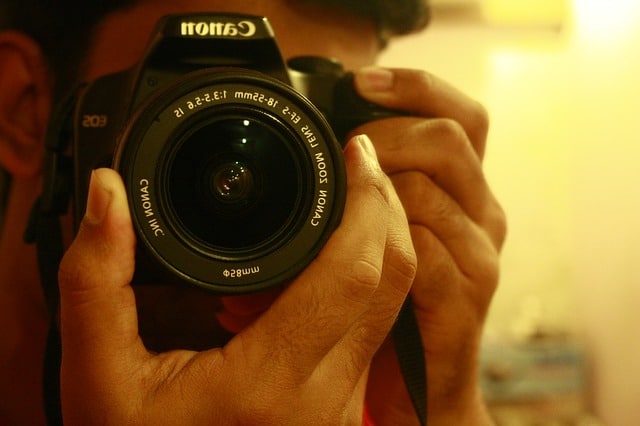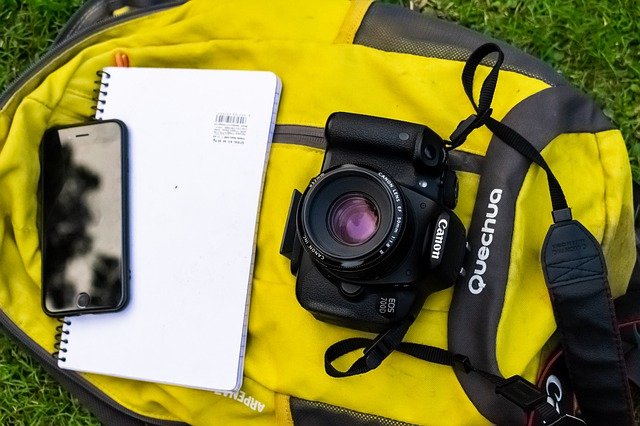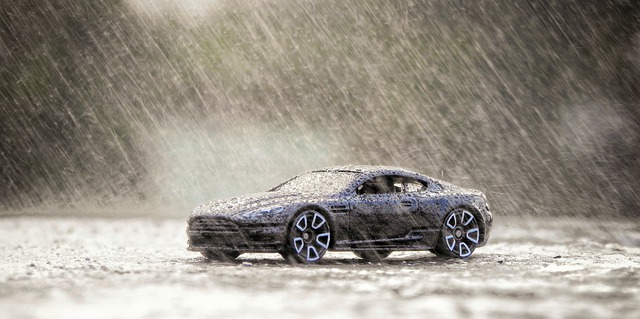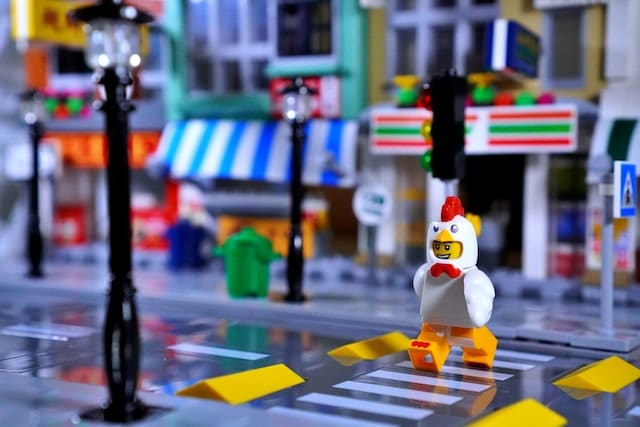To create depth in figurine photography, start by mastering background blur. Position your figurine away from the background and use a wide aperture like f/1.8 to soften it. Next, utilize leading lines to direct the viewer's gaze. Paths, beams of light, or architectural elements can guide eyes to your subject. Finally, play with shadows to add dimension. Different lighting angles, especially during the golden hour, produce intriguing shadows that enhance textures and layers. These techniques are just the beginning, offering endless possibilities to bring your figurine photography to a whole new level.
Mastering Background Blur
To master background blur in figurine photography, focus on creating separation between your subject and the backdrop. Start by positioning your figurine further from the background. This distance will help keep the background out of focus, emphasizing your subject. Use a wide aperture setting on your camera, like f/1.8 or f/2.8, to achieve a shallow depth of field. This setting allows your subject to remain sharp while blurring the background beautifully.
Adjusting the lens focal length is another effective technique. Longer focal lengths, such as 85mm or above, naturally compress the scene and enhance background blur. If you're using a zoom lens, try zooming in and stepping back to compose your shot effectively. This approach will further blur the backdrop and make your figurine stand out.
Lighting plays a significant role in achieving the desired blur. Use soft, diffused lighting to eliminate harsh shadows and create a gentle shift between your subject and the background. Experiment with backlighting to add depth and dimension, highlighting your figurine while subtly fading the background into a dreamy blur. By focusing on these techniques, you'll create enchanting photos with stunning background blur.
Utilizing Leading Lines
Guidance is key when you're looking to draw attention to your figurine through leading lines in photography. Leading lines are powerful tools that direct the viewer's eye straight to your subject, creating depth and interest. Think of them as visual pathways that enhance the composition and keep the focus exactly where you want it.
Start by identifying natural or artificial lines in your setting. Arrange them to guide the viewer's gaze toward your figurine. Consider using:
- Roads or paths: These can subtly draw attention from foreground to background, leading the viewer's eye directly to your subject.
- Lines created by light: Shadows or beams of light can act as dynamic lines, adding both direction and a touch of drama.
- Architectural elements: Door frames, windowsills, or table edges can frame your figurine, providing a structured guide for the viewer's eyes.
When composing your shot, experiment with different angles to see how lines interact with your figurine. Low angles might emphasize lines leading up to your subject, while high angles can create a sense of hierarchy. By deliberately incorporating leading lines, you'll create striking visual depth that pulls viewers into the miniature world of your figurines.
Playing With Shadows

Although often overlooked, shadows can dramatically transform your figurine photography by adding layers of depth and intrigue. They create contrast and emphasize the contours of your figurines, making them pop against their background. Start by experimenting with different light sources. A single directional light can cast long, dramatic shadows, while multiple lights can soften them, providing subtle gradients.
Consider the position of your light source. Lower angles can elongate shadows and enhance the textures on your figurines. Move the light around to see how shadows shift and play with the figurine's features. Using natural light? Try shooting during golden hour when the sun is low, offering warm, soft shadows.
Don't forget about your background. A textured surface can capture shadows differently than a smooth one, adding complexity to your composition. You might even want to introduce objects between your light source and your figurine, like lace or leaves, to cast interesting patterns.
Frequently Asked Questions
How Can I Effectively Use Color Contrast to Enhance Depth in Figurine Photography?
Use color contrast by placing your figurine against a background with complementary or contrasting colors. This technique makes the subject pop, creating a sense of depth. Guarantee lighting highlights these contrasts to enhance dimensionality effectively.
What Camera Settings Are Best for Capturing Depth in Figurine Photography?
Ironically, the shallow depth of field brings the figurine into sharp focus. Use a wide aperture like f/2. 8, adjust ISO for lighting, and set a fast shutter speed. You’ll capture depth with surprising simplicity. This technique allows the figurine to stand out against a beautifully blurred background, enhancing the overall composition of the shot. To further enhance your images, consider experimenting with different angles and lighting sources to find the most flattering perspective. By following these figurine photography tips and techniques, you’ll elevate your images, making the subject truly captivating to the viewer.
How Do Different Angles Impact the Perception of Depth in Figurine Photos?
Experiment with various angles to enhance depth in your figurine photos. Shooting from lower or higher angles creates dynamic perspectives. Tilting your camera adds layers, while diagonal angles can make the scene feel more three-dimensional and engaging.
Can Natural Light Be Used to Create Depth in Figurine Photography?
Absolutely, you can use natural light to enhance depth in figurine photography. Position your figurine near a window for soft, diffused light, and play with shadows and angles to add dimension and highlight intricate details.
How Important Is the Placement of Figurines in Achieving Depth in Photos?
Placement's essential for achieving depth. Position figurines at varying distances from the camera. Layer them thoughtfully, ensuring focus on key subjects. Experiment with angles to enhance depth perception, creating a dynamic, visually engaging photograph.
At a Glance
You've explored the art of creating depth in figurine photography by mastering background blur, using leading lines, and playing with shadows. These techniques transform simple shots into dynamic scenes, drawing viewers into your miniature world. The theory is simple: depth captures attention and tells a story. As you practice, you'll discover the rhythm in your compositions, where each element flows seamlessly. So grab your camera, experiment, and watch your photos come alive with enthralling depth.





